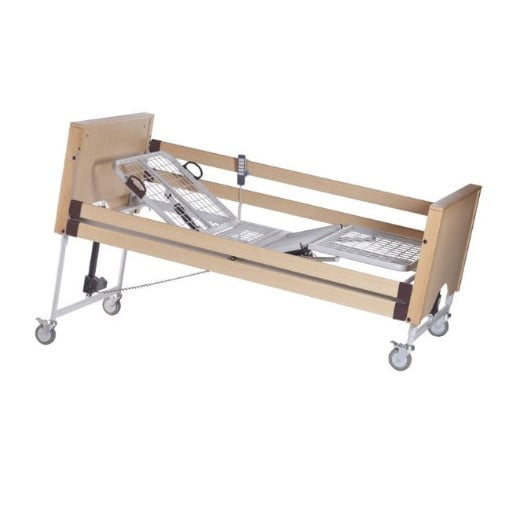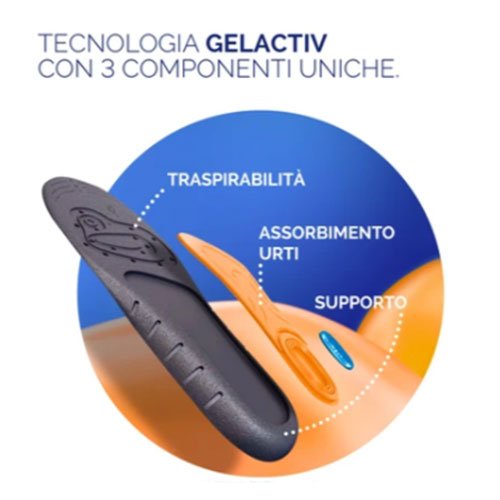Le immagini dei prodotti hanno scopo esclusivamente informativo. L’aspetto estetico dei prodotti potrebbe variare in seguito agli aggiornamenti apportati dalle aziende produttrici.
-
Pagamento Sicuro
-
Spedizione Veloce
-
Reso Facile




